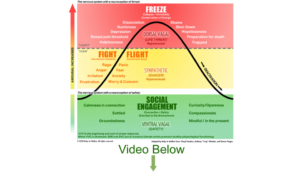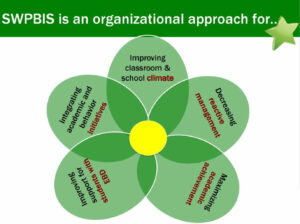
Healing Trauma, Not Managing Behaviour: Why the Manchester Metropolitan University Study is Essential for Children’s Residential Care
The 2022 Manchester Metropolitan University evaluation of restraint reduction training standards represents more than an academic study; it provides a roadmap for transforming children’s residential







